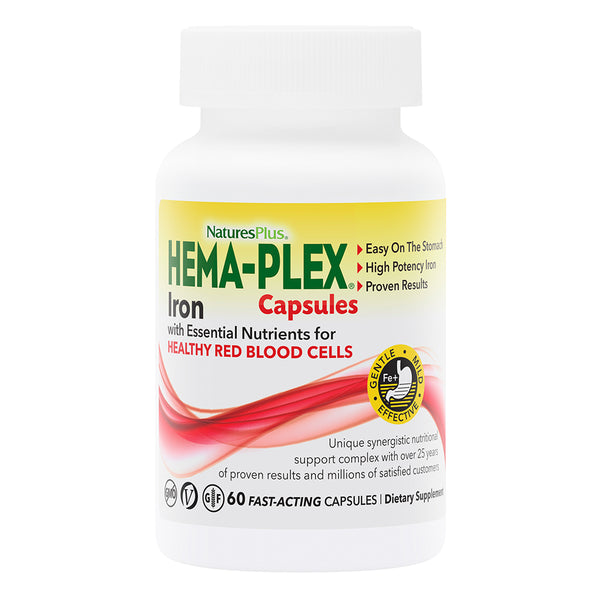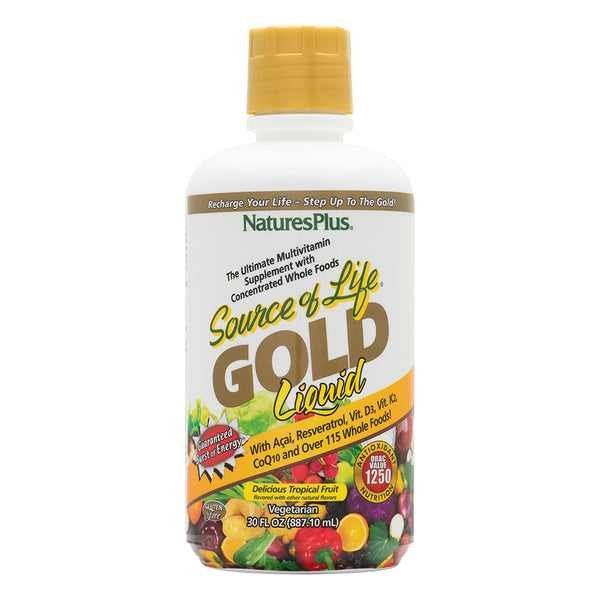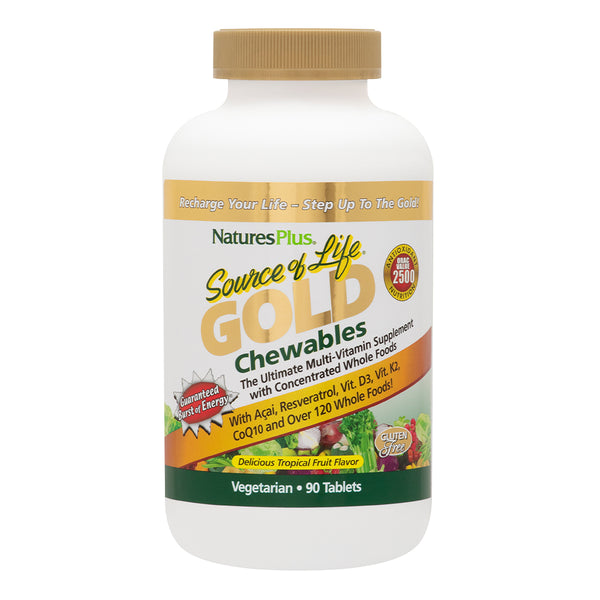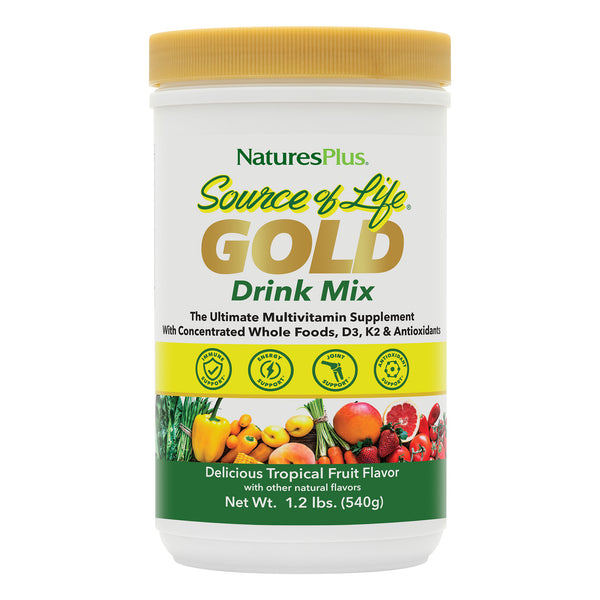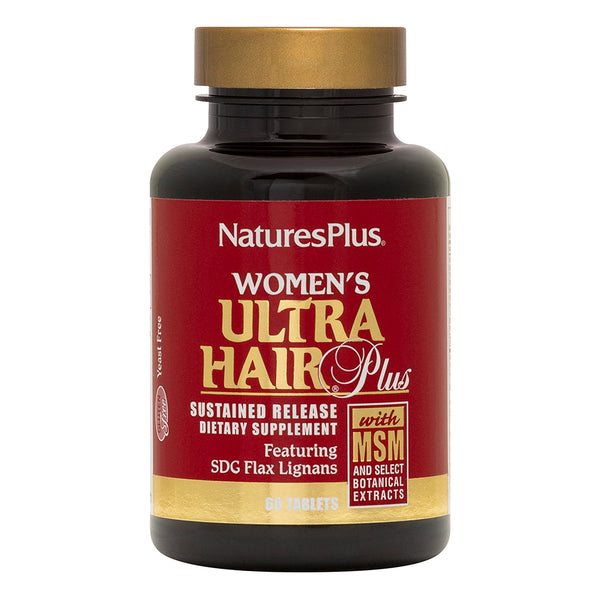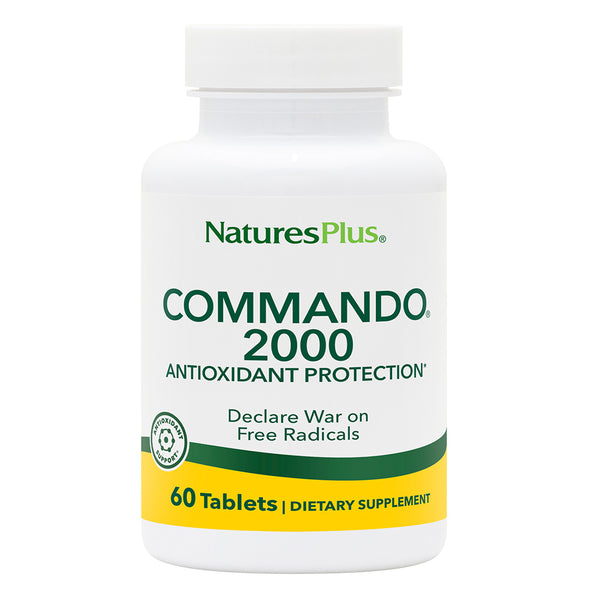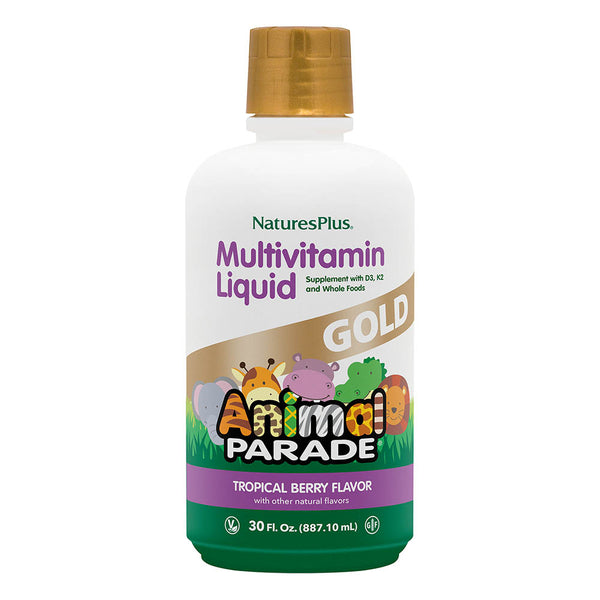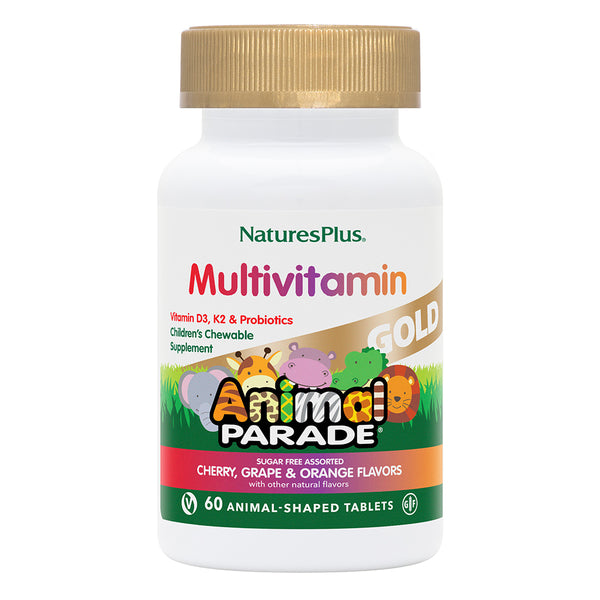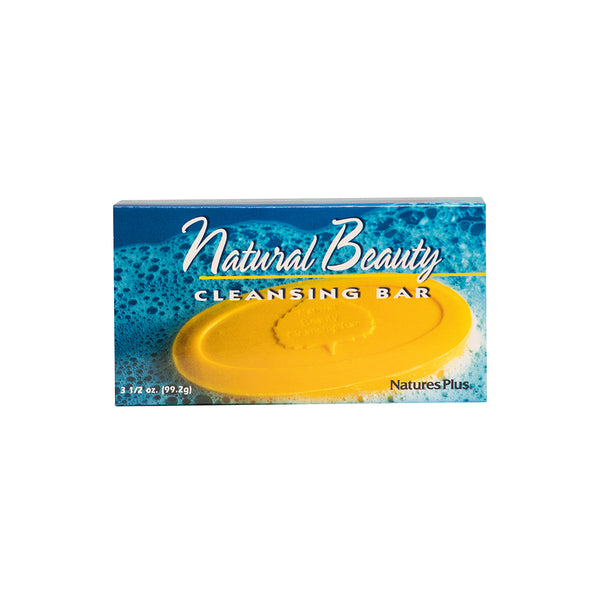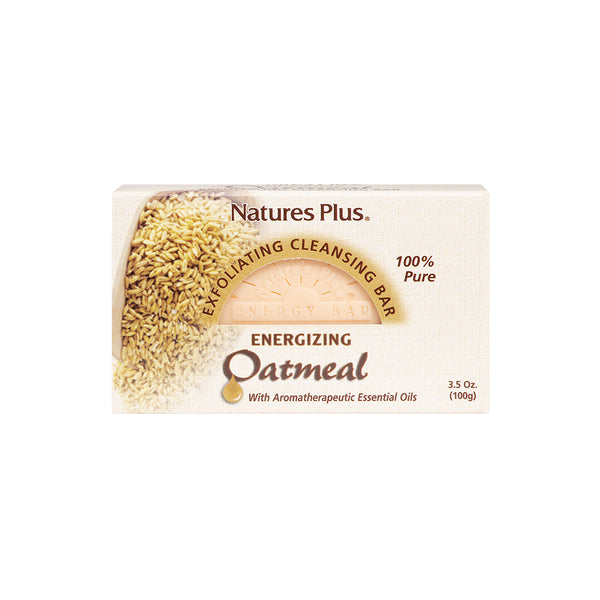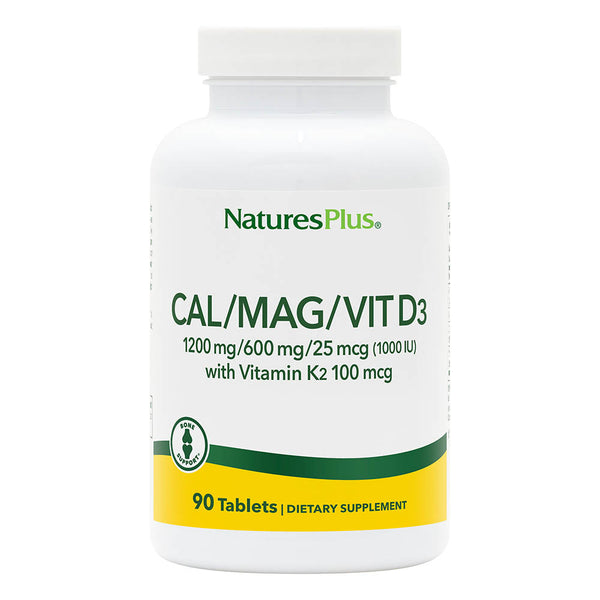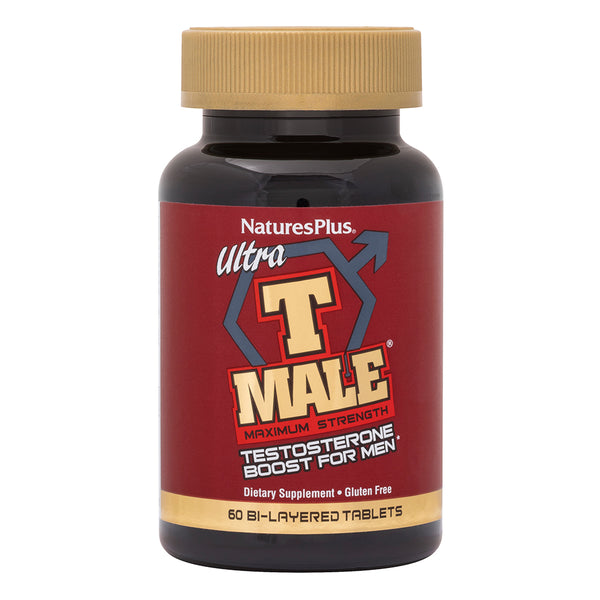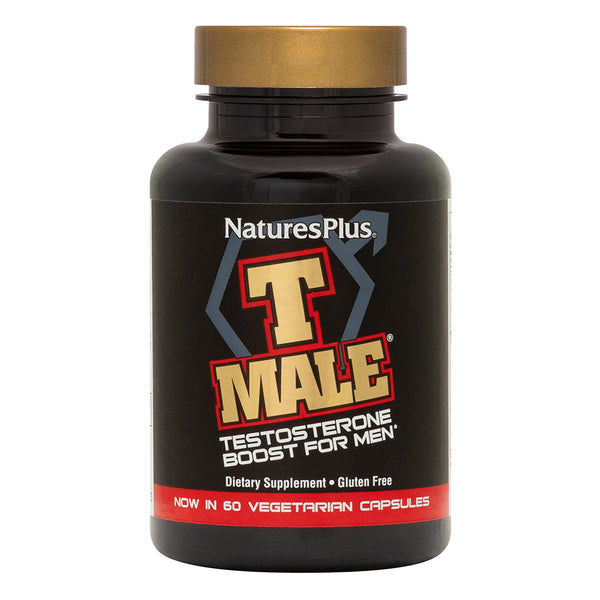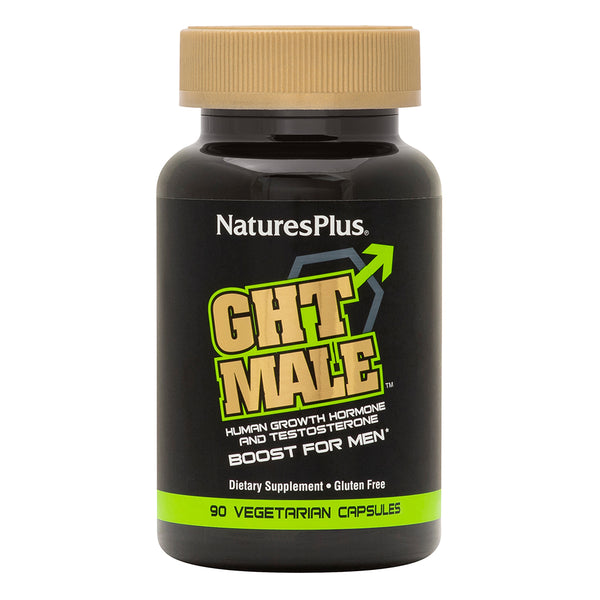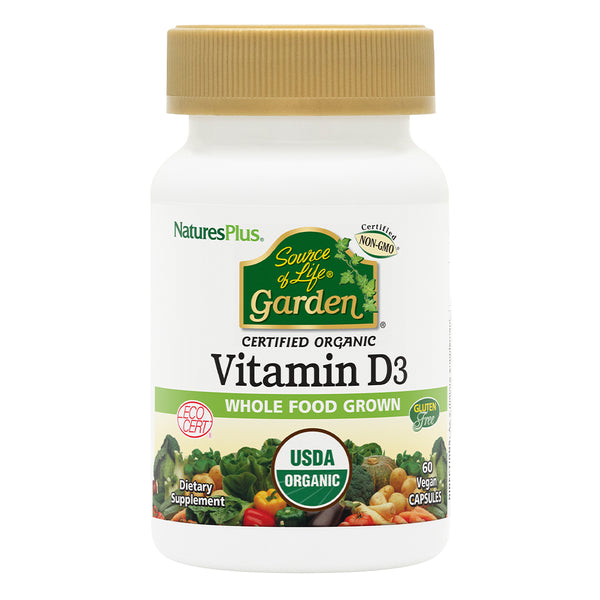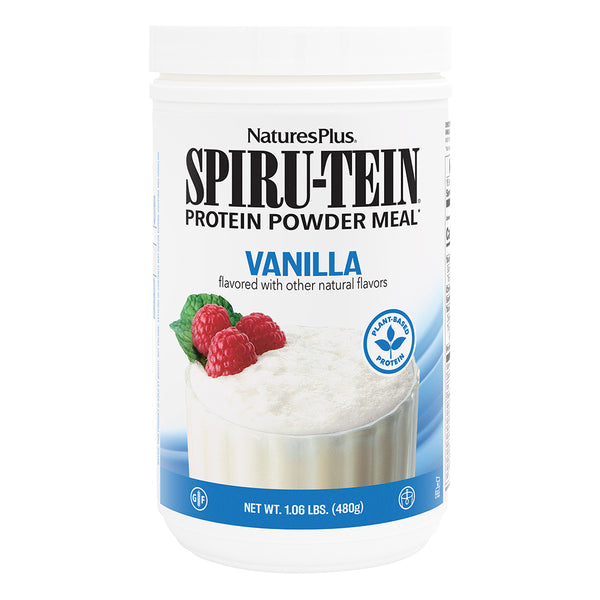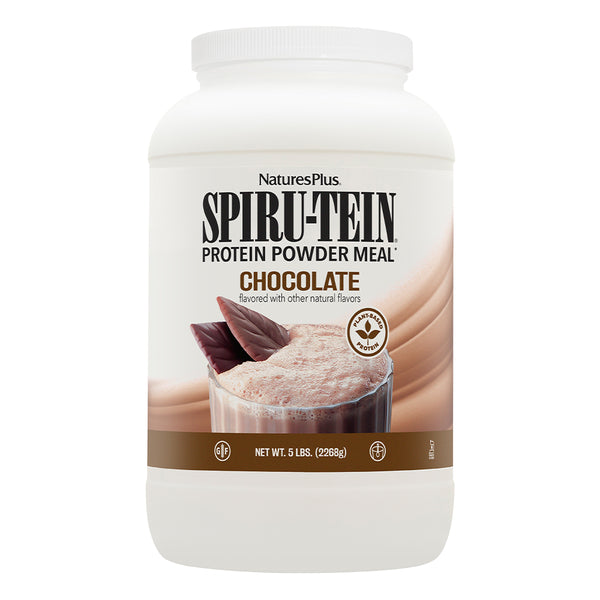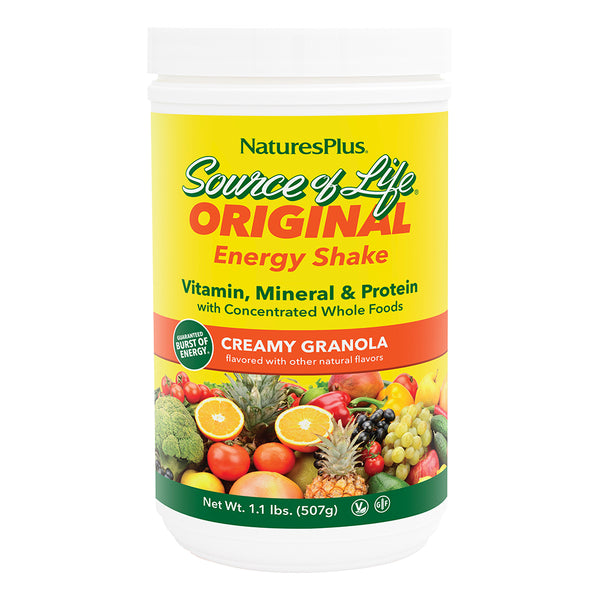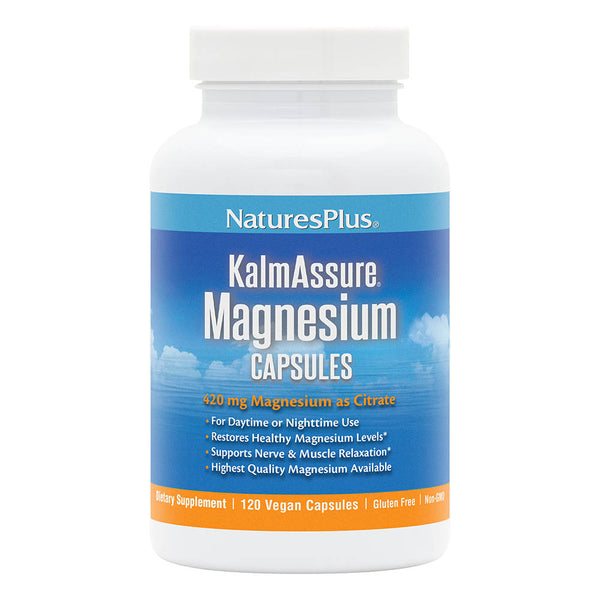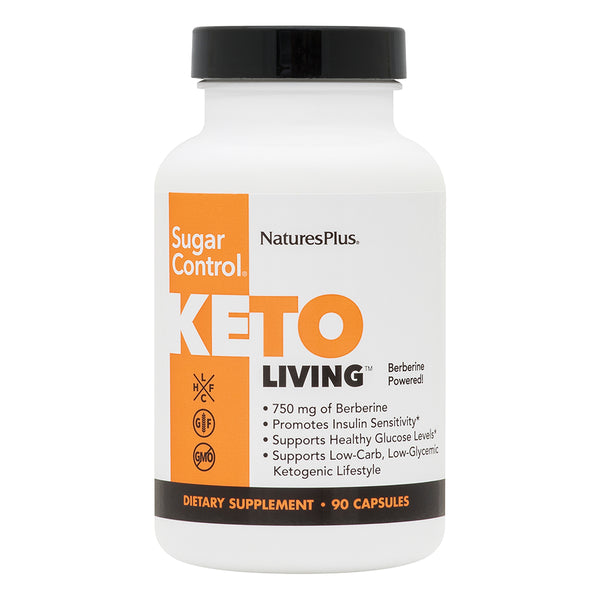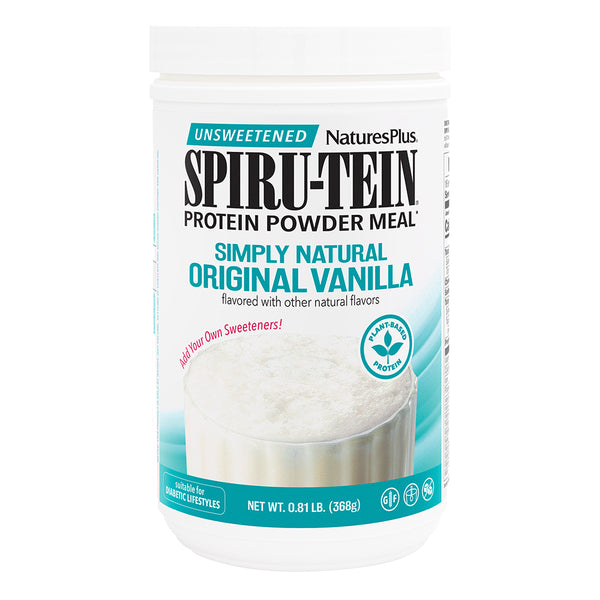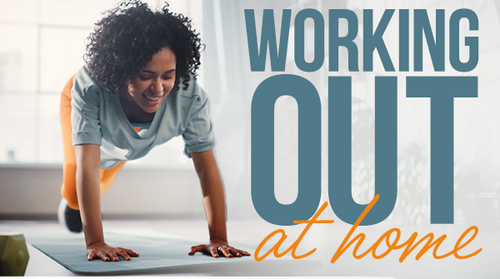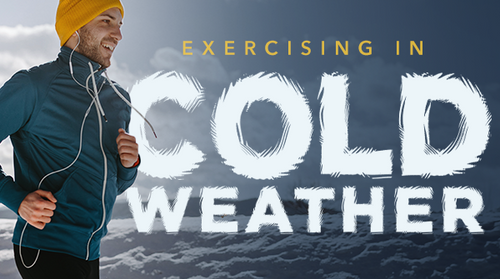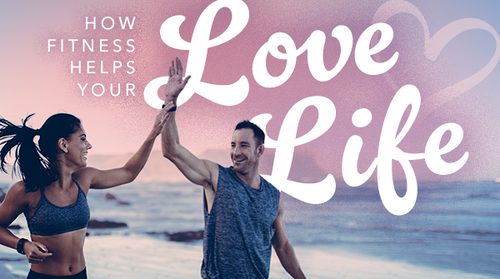You love pickleball, or tennis, or any of the other 30 or so racket (or paddle) sports played around the world. And with your new equipment, shoes and workout clothes, you’re ready to go!
However, you need to warm up before play starts…or your first day on the court can turn painful.
Why You Need to Warm Up Before Exercise
Jumping into action without warming up properly greatly increases your risk of injury while keeping you from doing your best.
“Too often, tennis players will stroll on the tennis court and start hitting balls with no warmup.This is when a lot of injuries occur,” say the folks at Top Tennis Training. “Cold muscles, tendons and joints are much easier to injure compared to warm ones.”
“A dynamic warm-up, which involves stretching with movement, is an essential element of any pre-practice or pre-competition routine,” says the United States Tennis Association (USTA).
A good warmup:
- Stretches muscles, reducing injury risk, while raising body temperature, which allows muscles to work more efficiently
- Gets the heart and lungs ready for vigorous action
- Bakes in proper movement patterns and coordination
- Encourages communication between the brain and the muscles
A Racket Sport Warmup Routine
The following routine is designed to warm up your lower and upper body with progressively more vigorous movements.
Ankle Circles/Leg Swings
Don’t ignore your ankles! By one estimate, up to a quarter of all tennis injuries involve sprained ankles; such injuries are common in other racket sports as well. To get your ankles moving, circle each one 15 times in one direction, then 15 in reverse. After that, start warming up your hips by swinging one leg back and forth for 15 times, then the other.
High Knees
This is a great way to start stretching your hamstrings: Starting at one end of the baseline, bring one knee as close to your chest as you can reach and hold for at least a second before taking a step along the line, then switch legs. Continue until you reach the other side.
Butt Kicks
Once you’ve high-kneed your way to the opposite baseline corner, turn around and butt-kick your way back, bringing your heels as close to your bottom as possible, in a light jog.
Hammy Kicks
Continue working those easy-to-pull hammies with this exercise: Moving along the baseline, swing one leg forward with a straight leg, trying to touch your foot with the opposite hand, before switching legs. Try for at least five kicks on each side. Don’t force anything—keep the movement nice and easy.
Jogging to Running
Jog your way down the long side of the court, then return by backpedaling. After you’ve done that a couple of times, run one time at 50% of full speed before backpedaling, then at 75% before finally sprinting back to your starting point (no backpedal).
Forward Lunge with Twist
Working along the baseline again, lunge your way across, twisting to one side on one step then twisting to the other on the next. Keep your core engaged and take care to not rotate your knees.
Side Shuffles
A lot of the movement in racket sports involves going from side to side. Warm up for this activity with side shuffles: Facing the net, shuffle your feet along the baseline while staying as low as possible, then shuffle back. Do another set at a faster pace; you can also try raising your arms as you move to provide more of a workout.
Wrist Circles/Arm Swings & Circles
Now it’s time to warm up your upper body. Circle each wrist 15 times in one direction, then in reverse. Swing your arms back and forth, reaching as far in front and in back as you can go, for about 30 seconds. Last, hold your arms out to the side at shoulder height and circle them forward, starting with small movements before moving them in the largest circles you can manage; then reverse, going again from small to large circles.
Upper Back Stretch
Hitting with power and precision is easier if your back and shoulders are warmed up. To start, stand with your feet about hip-distance apart, arms extended in front at shoulder height, fingers interlaced and pointing inward. Look down and slightly round your back, then take three or four deep, relaxing breaths, feeling the stretch between your shoulders.
Cross-Body Shoulder Stretch
Finally, you need to work the backs of your shoulders. Start by standing with your feet hip-width apart. Then stretch your right arm out straight before bringing it across your body; your hand should point downwards on the other side of your left leg. Then bend your left arm at the elbow and hook the forearm under your right arm, using it to pull the right arm further in and across until you feel a good stretch in the right shoulder. Hold for about 20 seconds before repeating on the other side.
Like this article? You’ll love our weekly newsletter
sign up here!
**These statements have not been evaluated by the Food and Drug Administration. This product is not intended to diagnose, treat, cure or prevent any disease.



